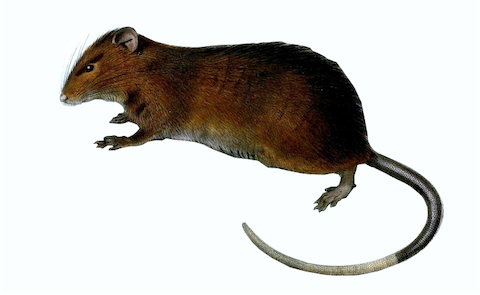Impaired CAMK4 Activity Limits Atherosclerosis and Reprograms Myelopoiesis.
Abstract
BACKGROUND: Chronic inflammation is a major driver of atherosclerotic cardiovascular disease, and therapeutics that target inflammation reduce cardiac events beyond levels seen with strategies targeting cholesterol alone. RNA sequencing revealed increased expression of CaMK4 (calcium/calmodulin-dependent protein kinase IV) in advanced/unstable human carotid artery plaque. We validated this finding in mouse and human atherosclerotic lesions, demonstrating increased CaMK4 in plaque macrophages. Therefore, we hypothesized that CaMK4 would promote inflammation and impair resolution in atherosclerosis. METHODS: We obtained mice in which exon 3 within the kinase domain of CaMK4 is deleted, leading to degradation and deletion of the gene (Camk4-/-). Control and Camk4-/- mice were injected with a gain-of-function AAV (adeno-associated virus) 8-PCSK9 (proprotein convertase subtilisin/kexin type 9) virus, rendering them hypercholesterolemic, and fed a high-fat/high-cholesterol diet for 12 weeks. RESULTS: Hypercholesterolemic Camk4-/- mice developed smaller and more stable lesions compared with control mice. Surprisingly, Camk4-/- mice had a peripheral monocytosis with skewing of monocyte populations toward the nonclassical Ly6clow subset, suggesting a less inflammatory monocyte population. Silencing or inhibition of CaMK4 in human monocytes recapitulated this phenotype. In response to hypercholesterolemia, which promotes myelopoiesis, Camk4-/- mice had markedly more myeloid progenitors. Camk4-/- monocytes expressed higher levels of genes associated with myeloid differentiation and recruitment of ATF6 (activating transcription factor 6) to conserved binding sites. In addition, Camk4-/- monocytes expressed higher levels of Nr4a1, which promotes conversion of Ly6chigh to Ly6clow monocytes. Camk4-/- monocytes failed to efficiently traffic in vitro and in vivo. Bone marrow-derived macrophages generated from Camk4-/- marrow had a more proreparative phenotype than control macrophages, consistent with our in vivo observations in the plaque. CONCLUSIONS: These findings suggest that CaMK4 is an important regulator of the myelopoietic response to hypercholesterolemia through ATF6-mediated transcriptional regulation and that loss of functional CaMK4 promotes a proreparative phenotype in myeloid cells. Therefore, targeting CaMK4 may offer a unique way to target the progression of atherosclerosis.
| Authors: | Gonzalez AL, Youwakim CM, Leake BF, Fuller KK, Rahman SMJ, Dungan MM, Gu K, Bonin JL, Cavnar AB, Michell DL, Davison LM, Cutchins C, Chu YE, Yuan S, Yurdagul A, Traylor JG, Orr AW, Kohutek ZA, Linton MF, MacNamara KC, Ferrell PB, Vickers KC, Madhur MS, Br |
|---|---|
| Journal: | Arterioscler Thromb Vasc Biol;2025 Jul;45(7):e286-e306. . doi:10.1161/ATVBAHA.125.322530 |
| Year: | 2025 |
| PubMed: | PMID: 40336480 (Go to PubMed) |


